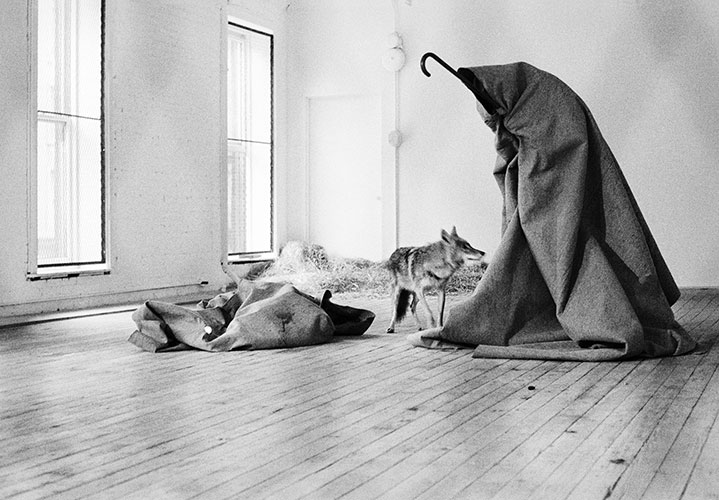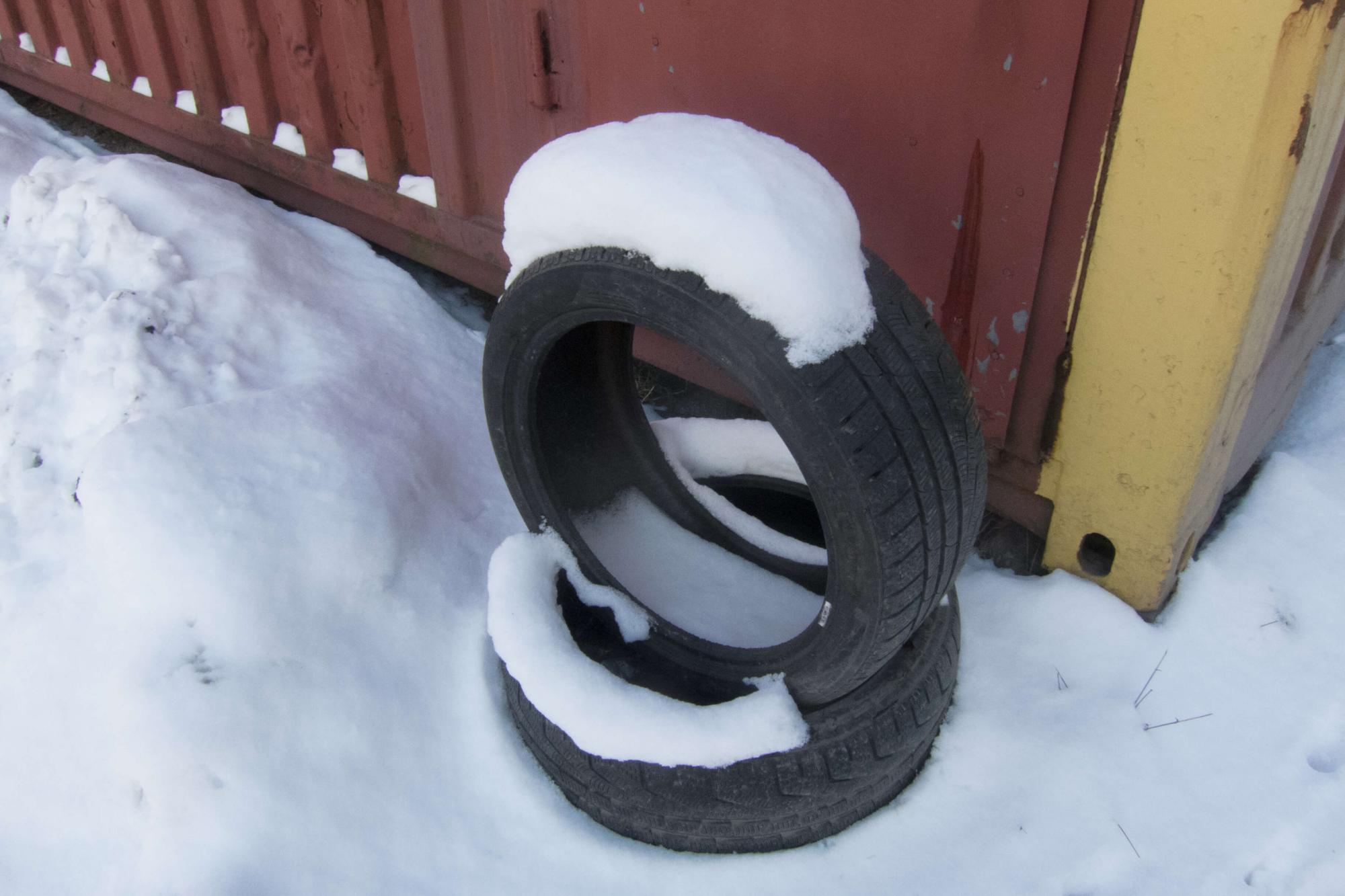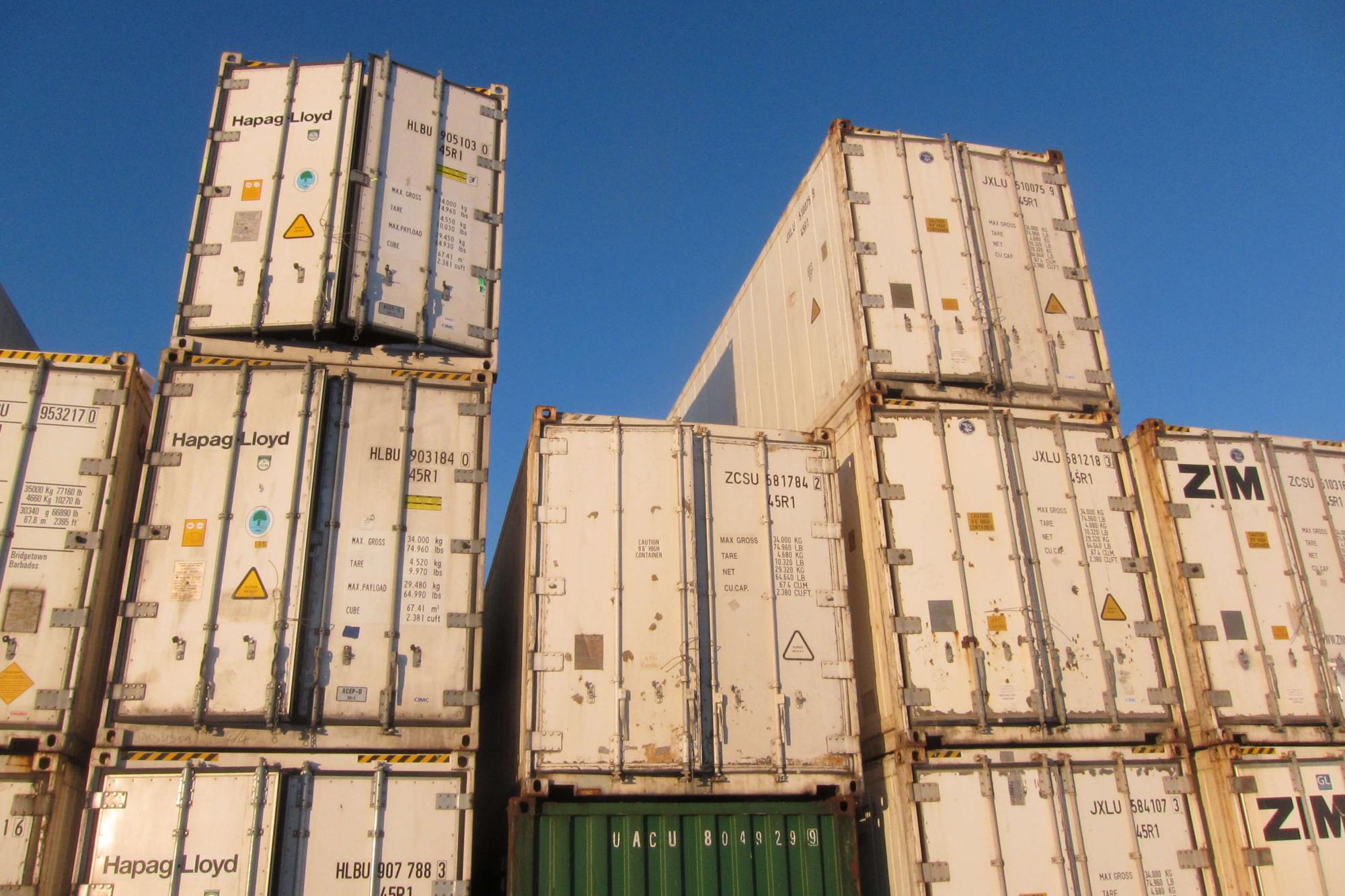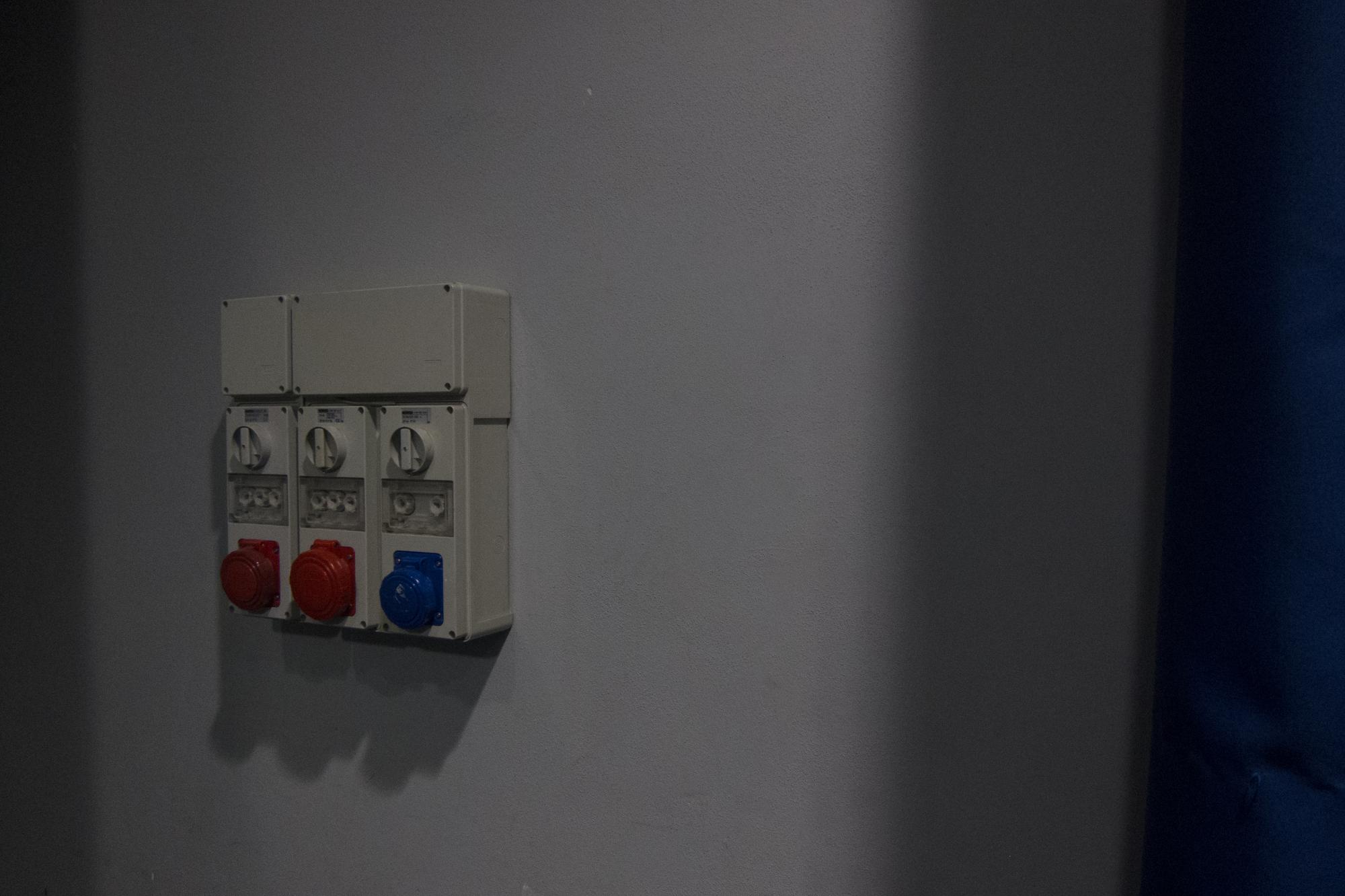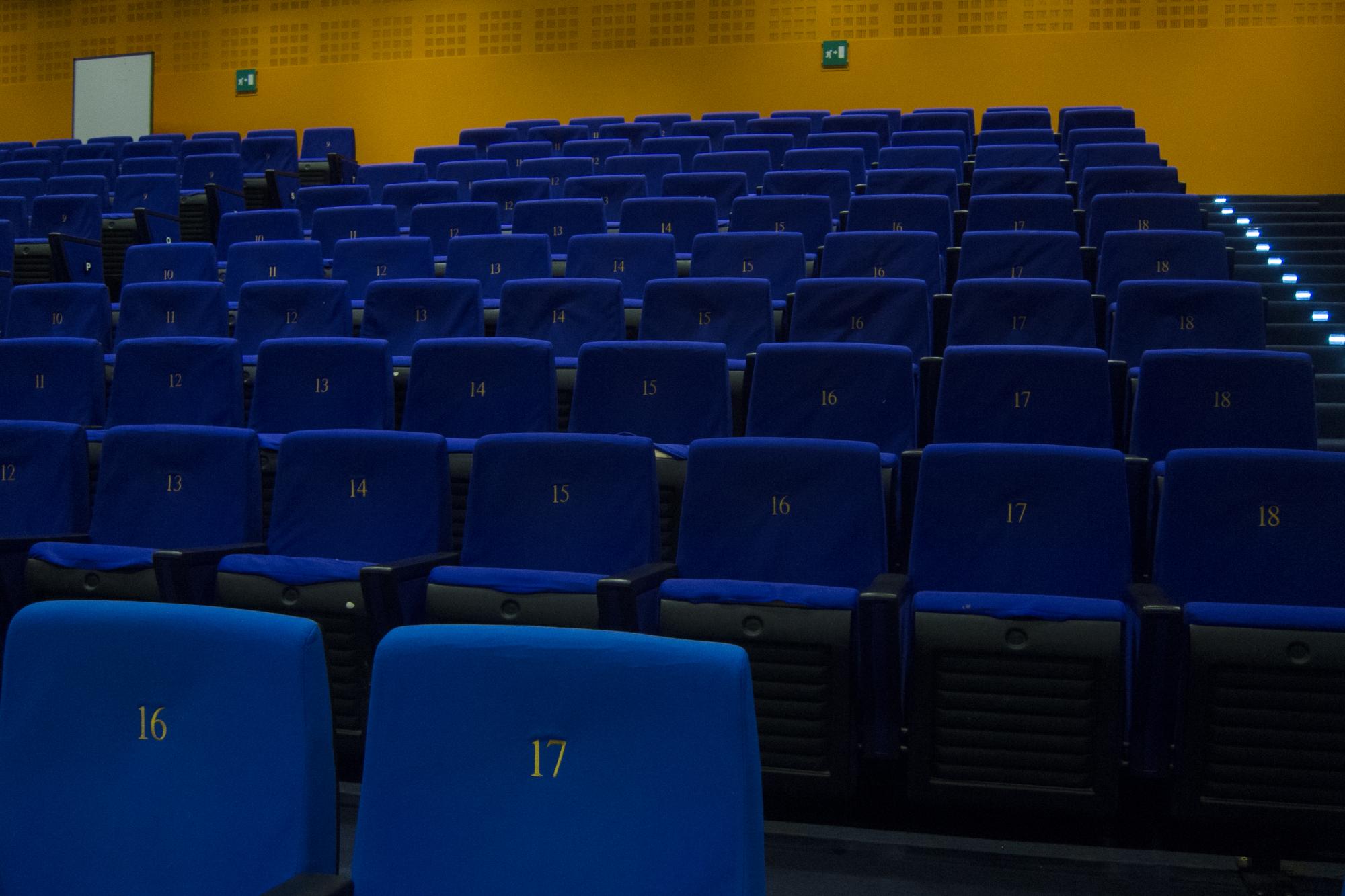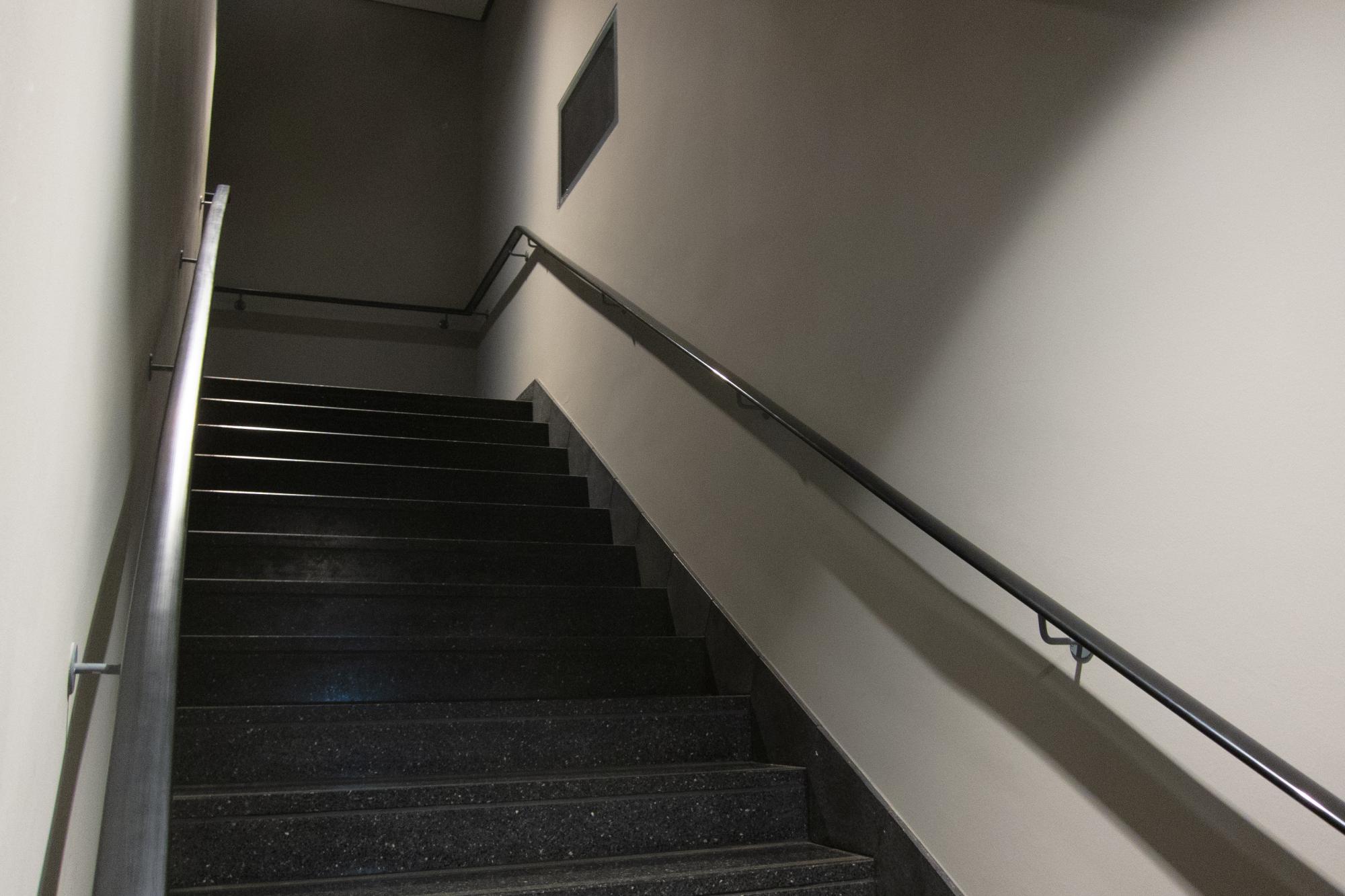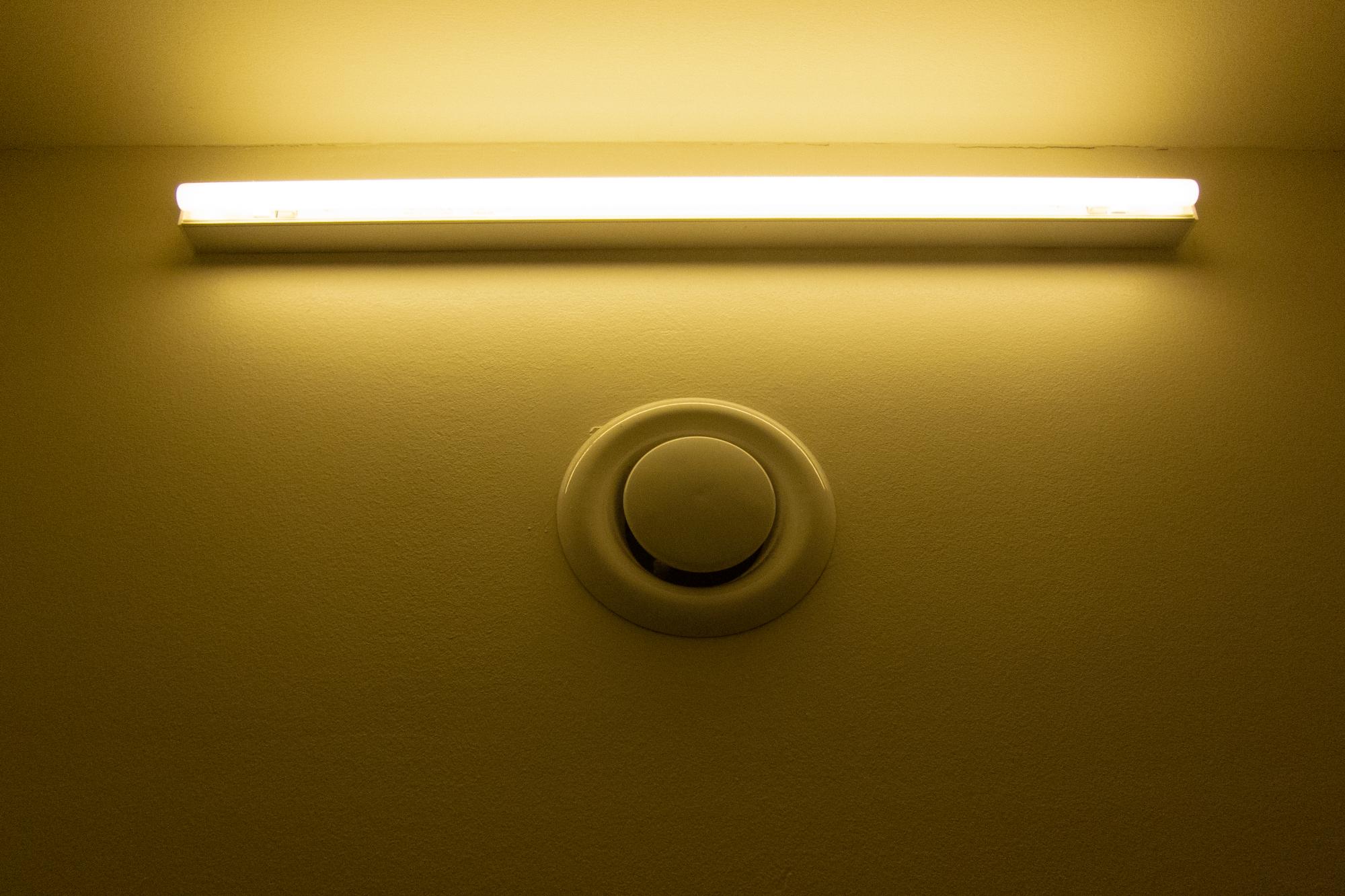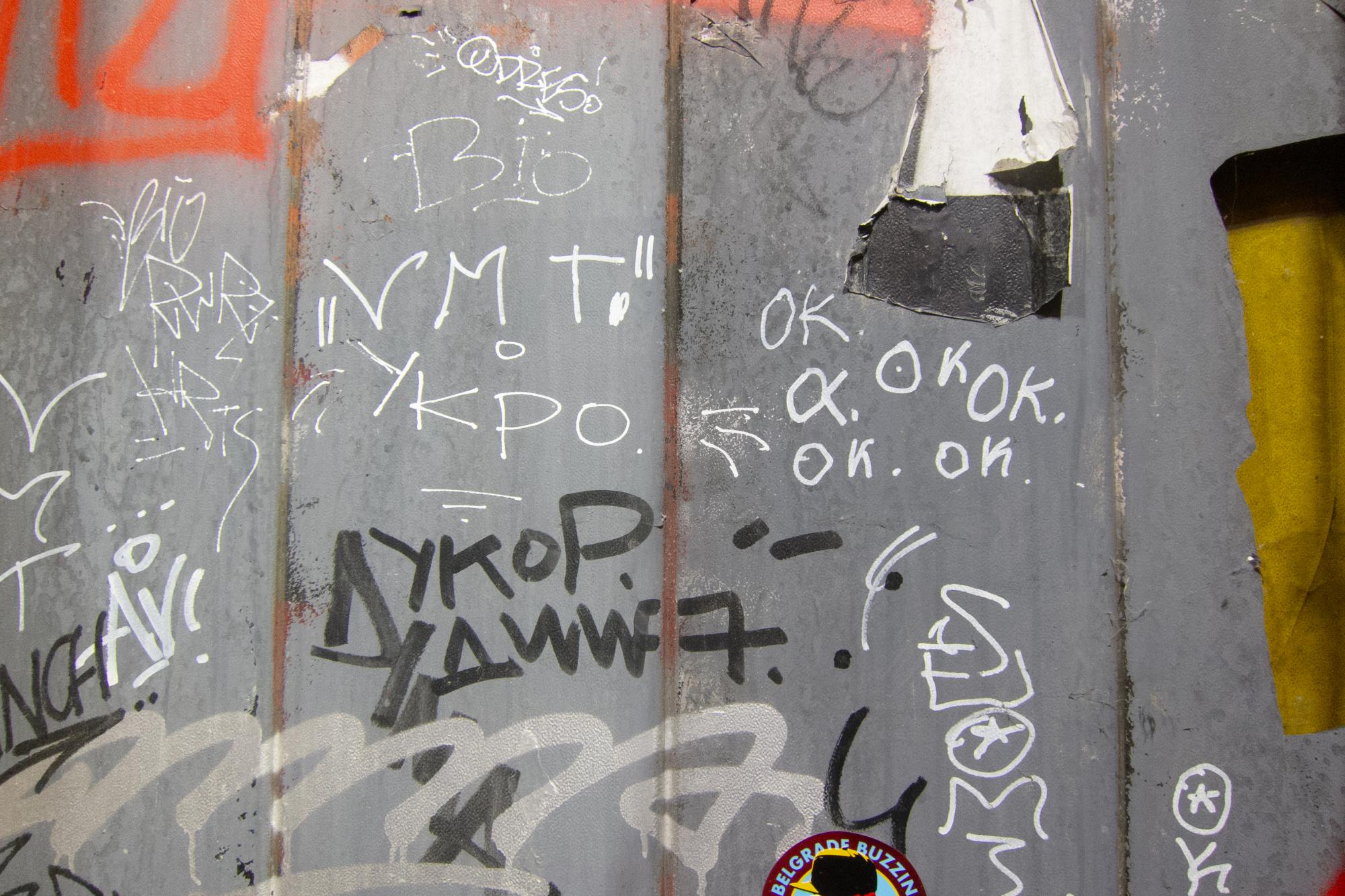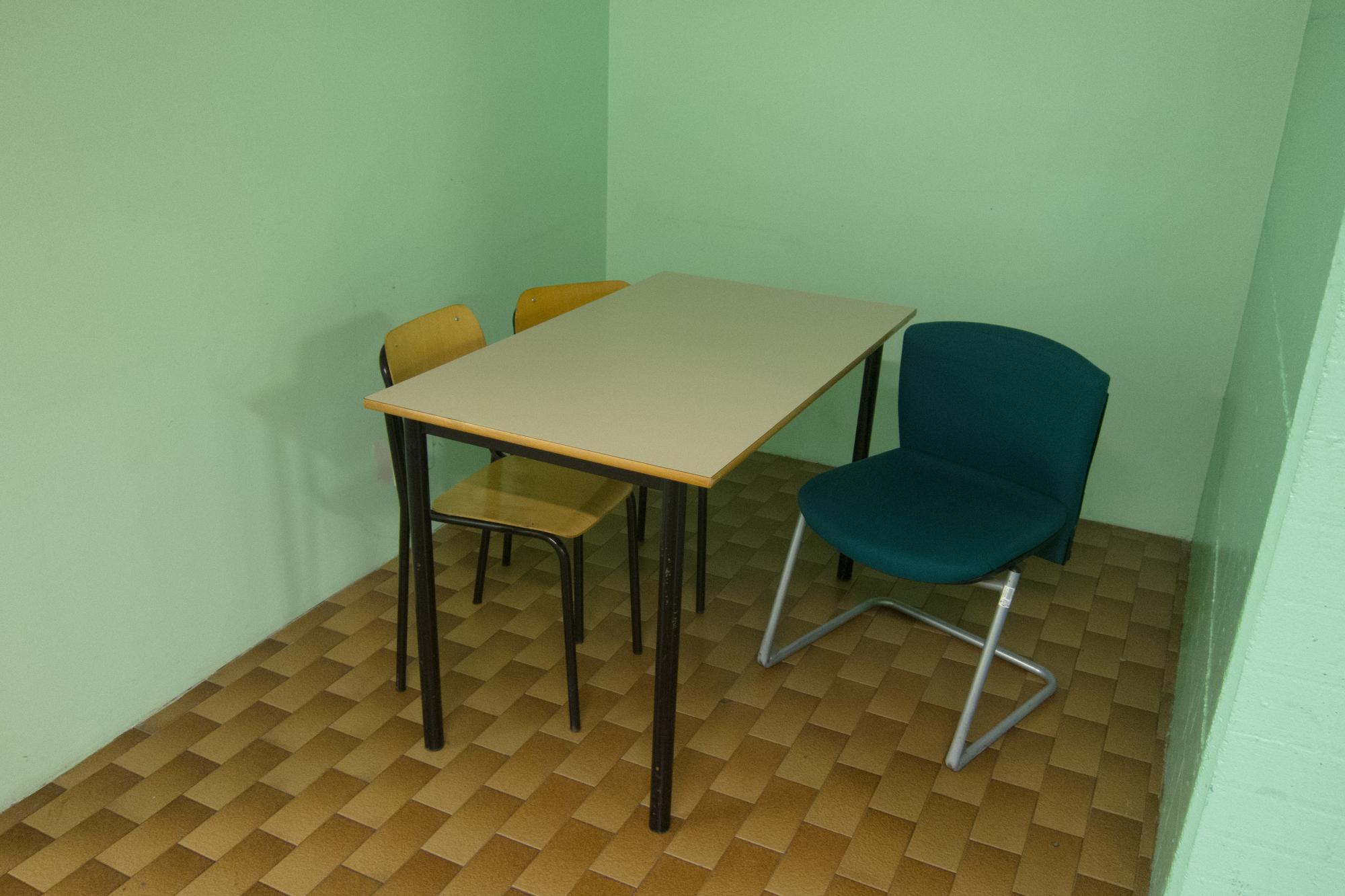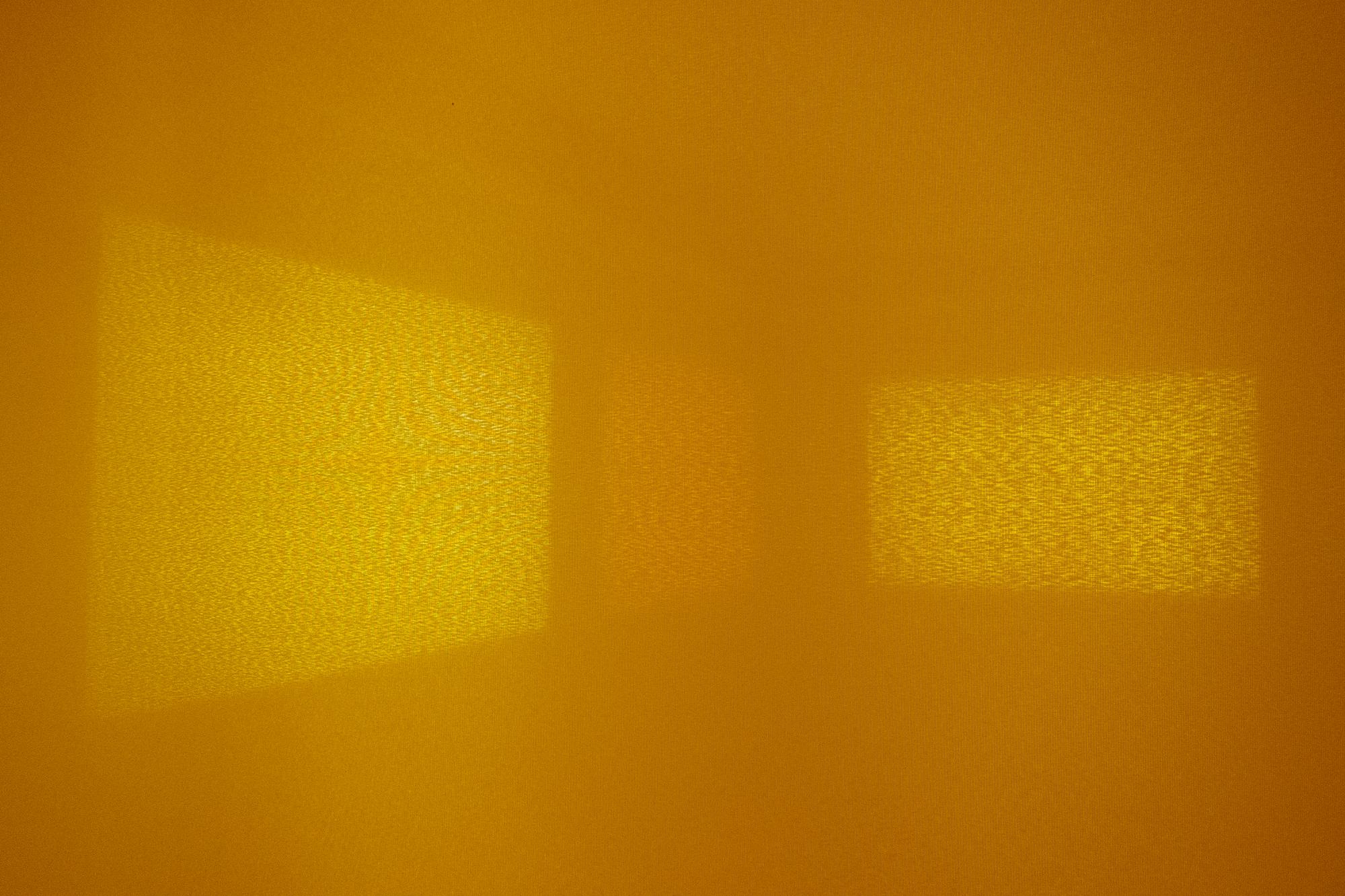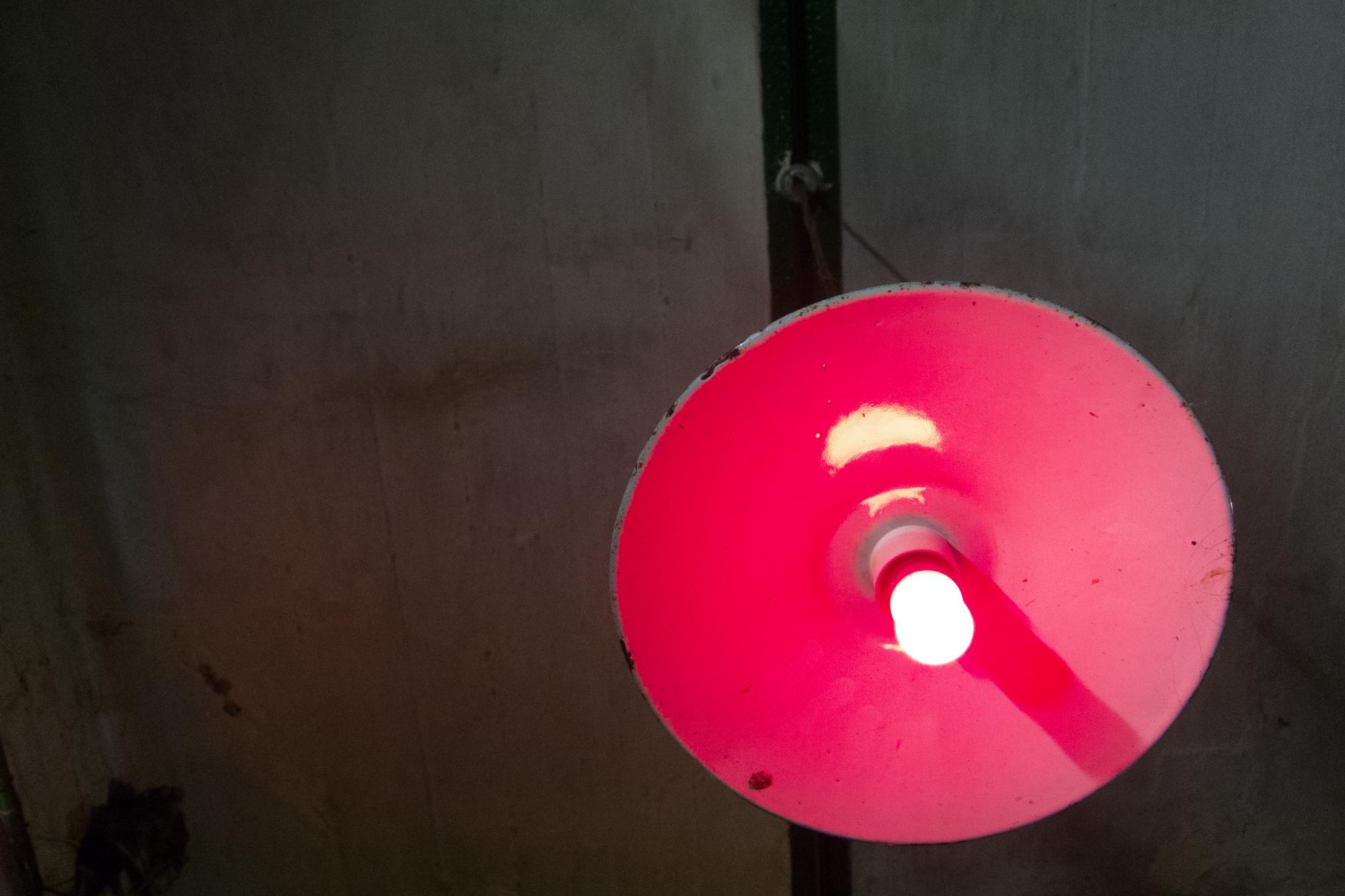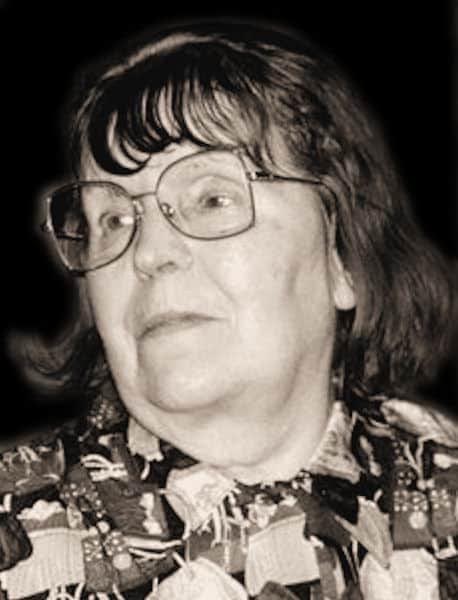It seemed appropriate to write a few lines for this album. Large Unit was formed as a 11-piece band during summer of 2013 and has since then released six albums, of which four are full length albums. The band has literary toured around the world and performed in almost all continents: Europe, North America, South America (Brazil), Africa (Ethiopia) and Asia (Japan). The band has had various changes since its debut and has been expanded to 14 members including percussionists from Brazil, and during some of the concerts in Addis Abeba, one could count 19 musicians plus two dancers on stage. This album however, features most of the regular members of Large Unit, together with 20 musicians from the Norwegian Music High School in Oslo. With a total of 28 musicians, it was natural to call it Extra Large Unit.
Anyway.
Ny Musikk, Oslo contacted me in late 2015 to write a commissioned piece for their Only Connect festival, May 2016. They wanted me out of my comfort zone and challenged me to write a piece for the Oslo Sinfonietta with Ilan Volkov as the conductor. I was terrified. Just the thought of writing music for an orchestra with such reputation and an instrumentation I had never touched upon made me nervous. The fact that the composition had to be ready and done by March and that they only had two set dates for rehearsal made me (slowly) realize I was not up for the challenge. I was fully booked with other concerts during the spring of 2016 and thankfully, Ketil Gutvik at Ny Musikk, also guitarist of Large Unit, saw that I was way too busy to even THINK about writing for such a group. I wanted to do it but Ketil had to convinced me I would not have the time and I should wait and postpone the project until 2017. I´m grateful he did so. It would have been a BIG mess.
The mind process was already set in motion during that spring and I felt I had the right energy and approach towards the project. Instead of writing for the Oslo Sinfonietta, I proposed the idea of writing for my regular group, Large Unit. I had already written some longer and more complex pieces for the band and I wanted to work with musicians I knew and whom I knew would have the time to meet every now and then to test ideas and so on. More like a work in progress. Ny Musikk were happy about the idea but wanted to challenge me a little more and asked if I was interested to include 15 music students of the Music High School in Oslo. Rolf Erik Nystrøm and Håkon Thelin from the band POING have been running a workshop course in improvisation at NMH for years, which include music students of both classical and jazz. They were both keen on the idea and said yes and would give me all the time I´d need with the students. With musicians from both classical and jazz, it turned out the instrumentation was quite odd with a variety of instruments; flute, cello, french horn, classical percussion and even three accordions. I was intrigued by the fact that I had three accordions in the group. I love accordion music, be it forró, cumbia, tango, accordion in Ethiopian music and what not. There were also three piano players on the course and fortunately, it turned out that Ny Musikk was planning to have a piece for three pianos performed at the festival.
We started off with a couple workshops where we´d do different exercises in free improvisation. This way I got to know the musicians and their instruments, and they got to know me. I played different examples of music I´m inspired by; excerpts of the Schlippenbach trio, Spontaneous Music Ensemble, Korean court music, Peter Brötzmann´s Machine Gun, Morton Feldman piano pieces and more. I also used these workshops to investigate the different timbres of the instruments alone and together. For example, I would ask the accordion players to show me the most extreme sounds you can make on an accordion. The high frequencies together with a piccolo flute, also in the high register, is very, very intense. Low pitch of a flute together with high pitch of a French horn, muted sounds from the tuba and piano, low dissonant sounds from tuba and basses. The percussionist had access to a ton of classical percussion instruments. All kinds of gongs, tubular bells, crotales, timpanies, tom-toms etc. etc. I was full of energy and found a lot of inspiration from these meetings and slowly begun to see a piece of music take shape.
Work in progress I say; I kind of knew the instrumentation of the ensemble but during the course of the workshops I would see some of the students come and go and I was not sure if I´d have two or three accordions, two or three pianos, trumpet or not in the final piece. People were busy of course and I just had to hope that we´d be the full ensemble when the piece was ready to be rehearsed and to be performed. I had to emphasize the fact that we had access to three Steinway D grand pianos on the performance and that this would NEVER happen again. No way was I going to let this chance go… neither for myself, nor for the piano players.
When writing music, I search for extremities, pushing boundaries, physical, dynamic, instrument´s limitations, if any; how fast and how slow can one play, how loud and how quiet; and I search for unusual ways of thinking. Take the first section of the piece which starts off with a graphic part where I´ve drawn small dots with a pen that increase in density. The dots are to be played as short sounds. This is supposed to last for about 2-3minutes. At the same time, I want a gradual diminuendo (from loud to quiet). A crescendo (from quite to loud) would be the most natural. This way, the performer is forced to think in an opposite way of what would be the most obvious.
I also want to give the musicians trust and have them take initiative and to feel the responsibility of what it is to be an individual player in a group context.
There´s 18 seconds of silence on the beginning of the CD. This is the time it took before
one of the trombone players chose to start. The piece began on my “nod” but it was up to whoever to play the first “dot”, which would then start off the rest of the band. This way, the performers are given the entire responsibility of when the music would begin.
These kinds of actions appear several times in the piece and there´s no doubt that it gives the individual musician a sense of power as to where the music can go. There´s also a section later in the piece where the whole band is split into several groups. One group consisting of cello, bass and drums accompanying a saxophone soloist, the other with the same line up, accompanying a trombone soloist. Both groups are given a different groove/rhythm to accompany the soloist. The soloist is free to cue “their” group in and out; on and off. At the same time, to create more chaos and stir up the band even more, I wanted two conductors to cue each their group of the remaining players. The conductors were given a stack of LP records with written and drawn signs on pieces of paper glued on them. The conductors would give a sign to “their” group and cue in and out. I had already made signs of various sounds; ascending and descending glissandos, bursts of sound, staggered sounds, pitch etc etc but on the day of the performance I chose to add quite a few more; political statements, drawings of ghosts, pac-man, references of humor etc. None of the performers knew about the additional sings so quite an element of surprise was introduced here.
My intention with the piece was to kick everyone into a space they had´nt been in before. I wanted the band to work as a band, not a group of musicians just performing someone´s piece of music from A to B. I wanted to bring out unknown qualities of the individual players. How many groups can you make out of 27 musicians? How do you surprise yourself and the others? How can one perform a written piece of music and still feel free?
I believe that I set up the structures and the performers choose how and where to break them up.
I wanted to break up the traditional way of setting up an orchestra. I wanted everyone to be able to see each other and hear each other without any use of monitors. During rehearsal´s we were all spread out in a semi-circle and people would physically move over to the smaller groups when the piece demanded so. What made the biggest challenge was the three grand pianos. This meant we really re-think a band´s set up for performance. I cut out 27 small pieces of paper and wrote down all the different instruments and even cut three of them as the shape of grand pianos. Tossing these around on the table I found a way that would work with my intentions of all being able to see and hear each other. Thankfully we had the whole floor of the venue to our disposal and I chose to have us sit in the middle of the room with the audience sitting around us and even in between some of the instruments. The audience was also free to move around as the listening experience would be different from wherever one sat or stood. I was very happy the visual aspect became an integral part of the event. We had the three pianos in the middle with the piano players backs against each other, the pianos facing out. One accordion and one drummer on each end of the grand pianos and in between, two and two bass players, tubas, trombones, French horn and euphonium and the two conductors (electronics and trumpet) close to each other so they both had access to all the signs which they basically had to fight over. I had already made signs of various sounds; ascending and descending glissandos, bursts of sound, staggered sounds, pitch etc etc but on the day of the performance I chose to add quite a few more; political statements, drawings of ghosts, pac-man, references of humor etc. None of the performers knew about the additional sings so quite an element of surprise was introduced here.
The composition can be seen as a serious piece of music. No doubt was I pushed out of my comfort zone and no doubt did I want to push the musicians out of their own. The composition can be seen as a serious piece of music and I wanted to bring more fun into the field of both contemporary and jazz related music. Less pretentious, more individual presence and the feeling of working with a band.
I had worked with only the students from NMH until some days before the performance and it was a thrill to have most of the guys from Large Unit enter the piece and see and hear them getting to know the students. We had played through the piece several times until then, which had given me a chance to review and edit from one rehearsal to the other.
All the musicians showed a very humble and also enthusiastic attitude towards me and my ideas. I learnt a lot about all different instruments and the students where extremely patient with my, at times, slow learning; it be which key to write in, what range the instrument had and so on.
During the first run through of the piece with the whole band, I felt I had managed to achieve my goal. It was amazing to hear most of the instruments together. Especially to finally hear the last chords in the piece being played with full range. Thankfully, there were just a few edits to be made. Some parts had to be shortened, some parts had to be more relaxed and I had to make the musicians melt together and get the feel of what a band could be and how you can work together. There were still some musicians who did´nt understand the importance of attending all rehearsals… On one hand, for the music and me as the composer but also for the band-feel. With a smile, I can tell you we we´re not the full ensemble until we walked on stage.
There was a short and concise introduction by Ny Musikk´s producer, I said a few words about the musicians and the process, and off we went. The silence before the first note was magic and as soon as we got going, I felt an incredible rush; thrilled as a kid, and serious like if it was my final exam. The piece moved forward as planned and I was so damn happy to hear all the musicians performing at their peak. There was no doubt that everyone wanted to play at their best. I had to do some conducting and cuing and at one point, when I was supposed to play brushes on snare drum, I was so nervous I actually forgot to play. Armpits and forehead was dripping. During the last minutes of the piece, where things calm down, I felt I had landed after a long journey I did NOT want to end. Torfinn Hofstad who played violin, a folk musician actually, continued to repeat a line as quiet as possible and as long as possible. I told him it should be painful. It was intense. When I thought he was done, he sat completely still, took one last pause before he played the line one last time and then after another long pause of silence, moved his head and looked across the room and met the corner of my eye, a small nod to let me know he was done and I could let my shoulders rest, stand up and let people know the music was over. We had stretched what music can be before the sound starts and ends. The audience´s presence was a total integral part of the performance. Everyone took part. As I said before introducing the piece, I emphasized the importance of how valuable live music is. You need an audience, a group of musicians and a presenter and all of which are just as dedicated. We do this together.

